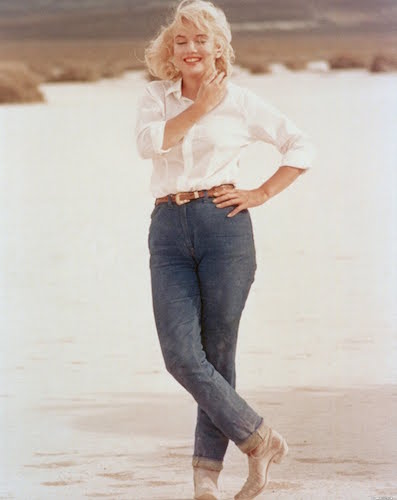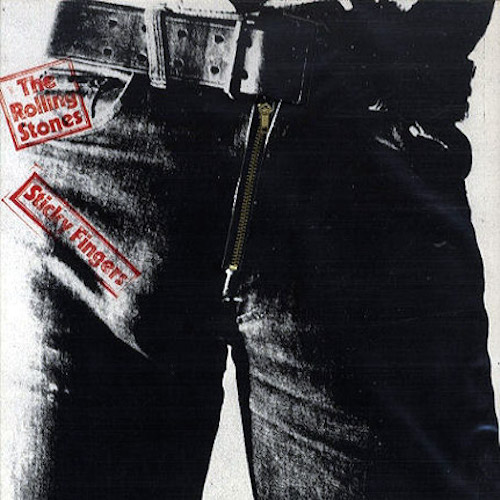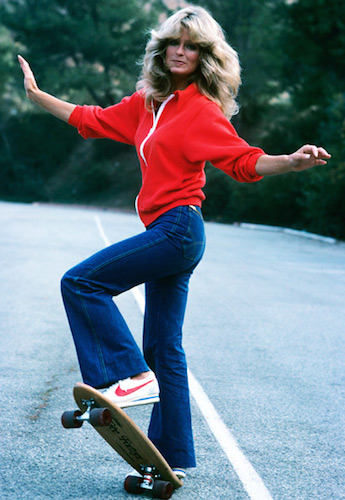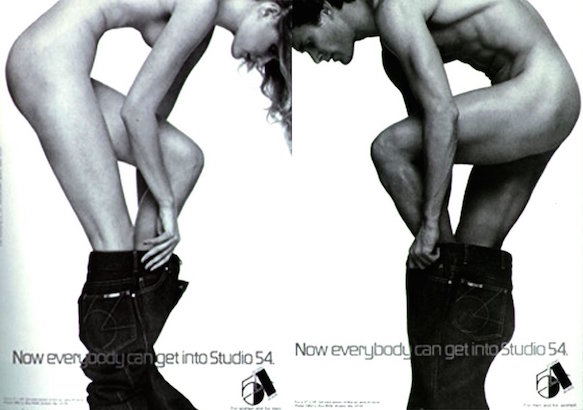The Blue Jean: A Brief History
“Blue jeans, white shirt, walked into the room you know you made my eyes burn” – Lana Del Rey, “Blue Jeans”
The unisex uniform for casual cool is found in blue jeans. Bavarian designer, Levi Strauss stitched the first pair in the Wild West around 1873. Strauss originally designed canvas pants as work gear for the miners panning for gold. From canvas, he moved to denim for its durability and came up with what essentially is Levi’s signature style, the 501 jeans.
By the early 20th century, cowboys and ranchers from Reno to Arizona were wearing dungarees, though the cowboy’s brand of choice was Wrangler. Denim was the fabric of nonconformity, and because it was cheap and easy to clean, blue jeans became especially popular with kids (and the mothers washing their clothing) from the 1930s to the 1950s.
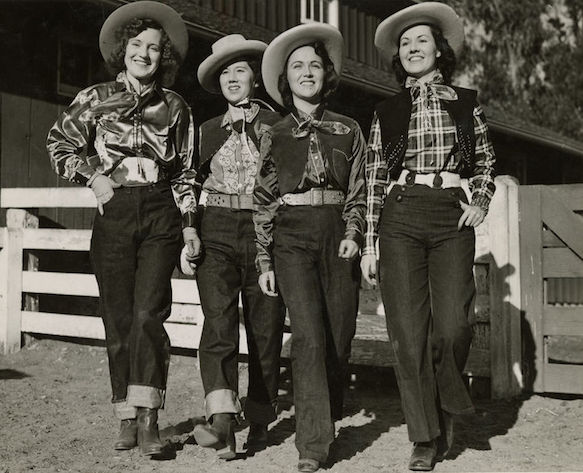
Back on the homestead, amateur lady ranchers wore the first Lady Levi’s. The fashion world took notice, and in 1935, Vogue ran a story on dude ranch chic. Four years later, in the 1939 film The Women based on Clare Booth Luce’s play by the same name, the cast wore denim to signal the rebellious, sexual and powerful nature of the characters.
The first American designer to include denim in her collection was Claire McCardell, who Betty Friedan dubbed, “the girl who defied Dior.” McCardell, who in 1943 took advantage of the wartime fabric restrictions, saw the value in denim. Not only was the fabric domestically sourced, it was practical for women in the workplace—as it took less time and effort to wash, keep clean and didn’t require time spent at an ironing board. An unknown Lauren Bacall modeled McCardell’s demin popover dress in Harper’s Bazaar.
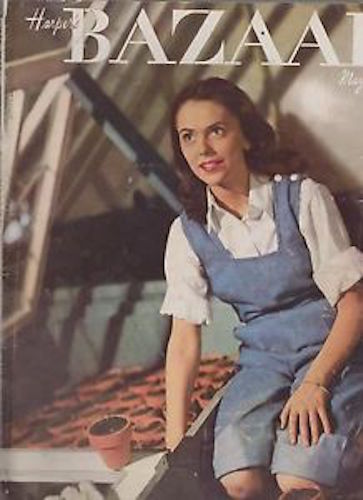
-

-

-

-

-

-

-

-

-

-

-

-

-

-

-

-

-

-

-

-

-

-

-

-

-

-

-

-

-

-

-

-

-

-

-

-

-

-

-

-

